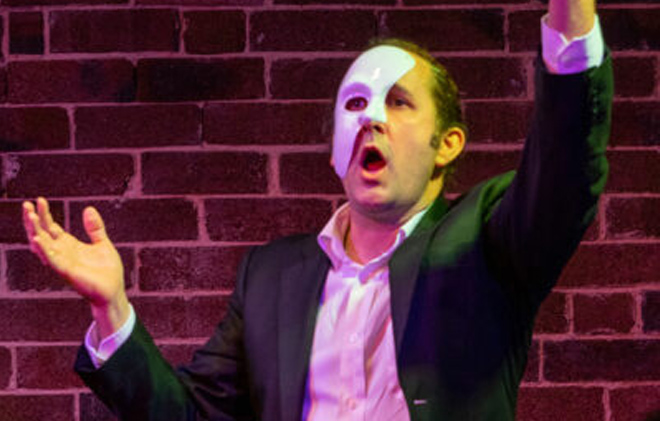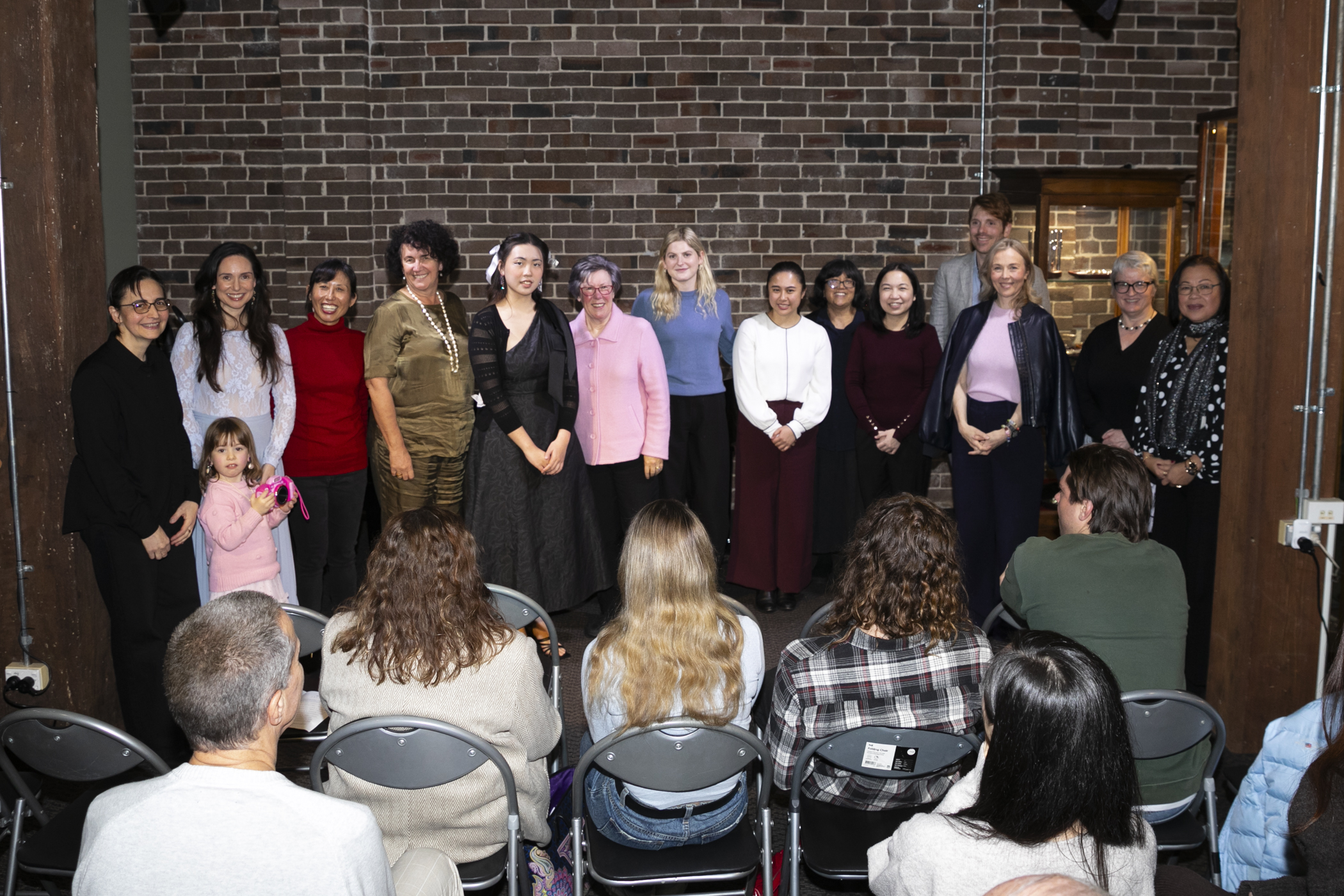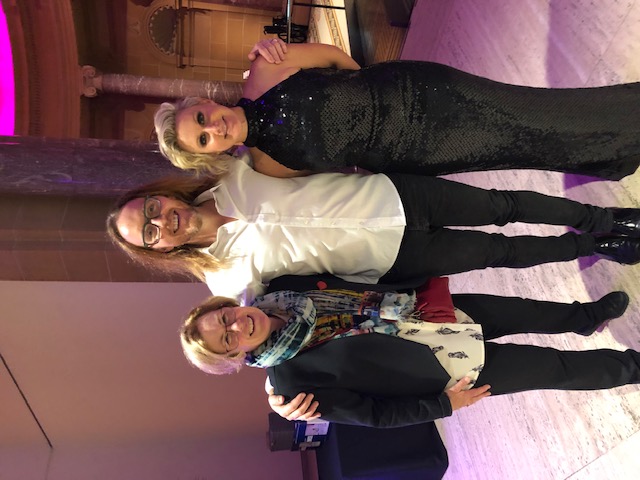How to get more expressive in your singing
Part of the joy and satisfaction of singing is communicating the meaning and emotion of a song in a way that connects with your audience. Refined vocal skills and technique are important of course, but unless your audience studies singing themselves, they’re not going to notice how well your breath supports that sustained note, or the vibrato your voice performs effortlessly. No, when you deliver nuanced expressiveness in your singing performance, it’s the story they’ll notice; the emotion they’ll be moved by, through your voice.
 What is expressiveness in singing?
What is expressiveness in singing?
Simply, it’s adding your own personal touch and interpretation to a song, through your voice and phrasing, facial expressions and body movements, or stage presence. Just as each of us interprets a novel or film differently, when you add expression to your singing, you’re giving your own interpretation – putting your stamp on a song.
Why do you need to sing with expression?
It’s where the magic of your performance lives, that’s why! You may be able to sing a work flawlessly note for note, with phrasing the way you learned it, and perfect diction. While these achievements are impressive, if you don’t add a bit of yourself, your performance may come across as wooden, disconnected, remote. That’s a sure-fire way to lose your audience!
Singing in performance is not just about showcasing your vocal skills, it’s about telling a story that takes the listener on an emotional journey.
How do you develop expression in your performance?
Once you’ve accomplished the foundations of singing: breath control and good posture, you are free to play with musicality, movement and dynamic expression.
To start, choose a well-crafted song with an expressive core – something that speaks to what it feels like to be a human on this Earth. As an experienced singing teacher, I can guide you to choosing songs that suit your level of vocal development and life experience. It has to be a subject you can personally relate to, so you can communicate it convincingly to your audience.
Next, work out what the song’s core feeling is: love, anger, sadness, confusion – or a mix?
Then, let yourself feel. To express emotion, you need to feel it. Or draw on past experience of that emotion. And to convince an audience, you need to believe it – to sing the lyrics as if you wrote them. You’ll find that as you work through a song, its meaning becomes clearer, so you can then decide what you want to bring out in the story.
Words and phrasing
How you interpret a song’s lyrics can make or break your performance. Reading the words aloud as you learn helps you pick up the ‘human feeling stuff’ woven into the song. You’ll discover the contours of the text and music, and explore how the two work together.
I’ve written before on the importance of diction, consonants and vowels. Clear diction  helps your audience understand the words you’re singing, while consonants give shape and structure. But it’s vowel sounds that convey the heart and emotion of a song, so work on these with your singing teacher.
helps your audience understand the words you’re singing, while consonants give shape and structure. But it’s vowel sounds that convey the heart and emotion of a song, so work on these with your singing teacher.
Play the part
Crafting an expressive performance requires some research, imagination and acting abilities, so you can better inhabit the character of the song.
Answer these questions to help you flesh out the character:
What is their name? If the song is not part of a musical, then you’re the character.
How old are they, what do they look like and what’s their occupation? These factors influence your physicality, diction and vocal tone when singing.
Who are you singing to? If the character is from a musical, they will be in a scene, perhaps singing to someone. A standalone song needs you to imagine that person in the room, reacting to your words. Visualising the scene, often from everyday life, helps make it believable.
What do you want from the person you are singing to? Do you want them to move out of the apartment? Forgive you for something? To understand the history told in the song?
A song’s words, sounds, phrases and character paint a picture, bringing it to life and inspiring your body movement, and hand and facial gestures, for a dynamic, engaging performance.
Working with a professional singing teacher to finesse your technical voice skills frees you to explore these elements of expressive singing. Then, as you gain confidence in your craft and develop your artistic voice, you can take risks, trying out different ideas and genres on your way to becoming a better, more accomplished performer.
Let Kathleen Connell guide you to creating more expression in your singing. Find out how.





